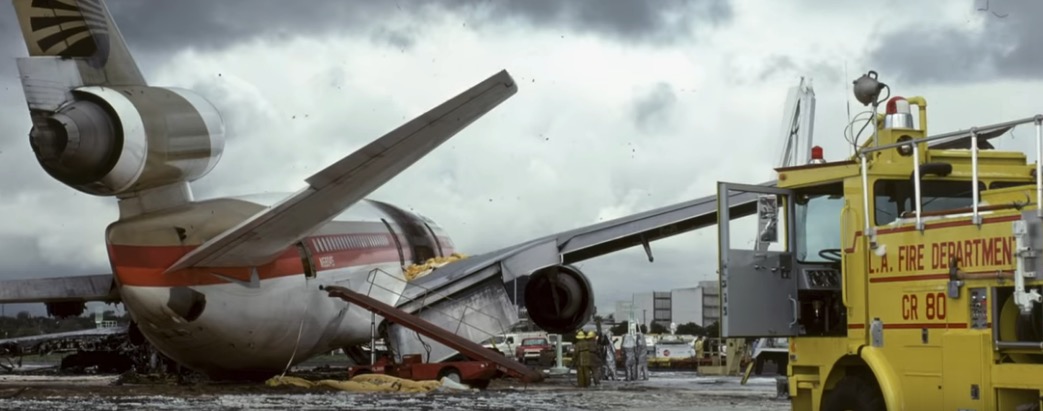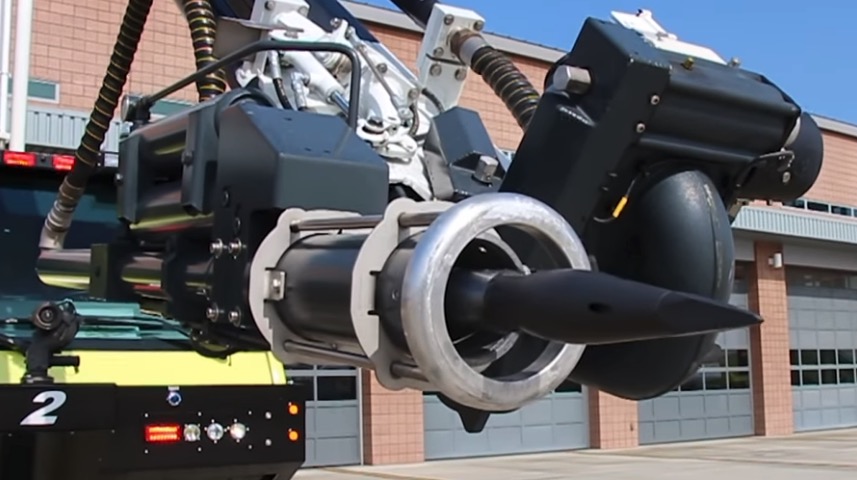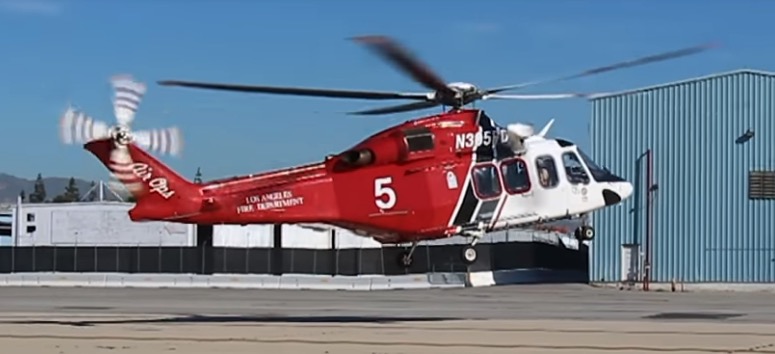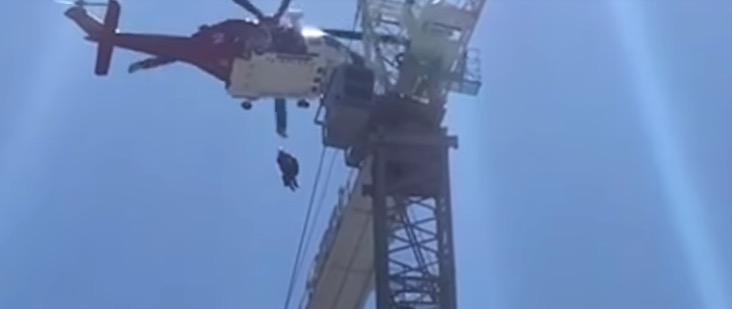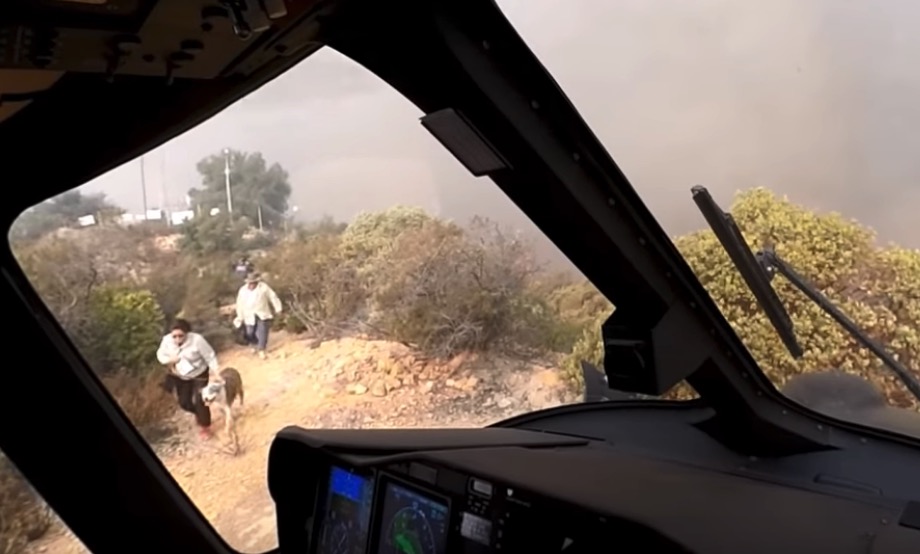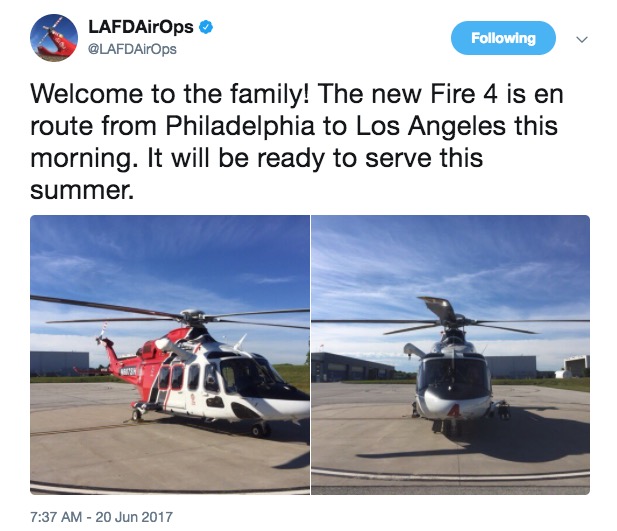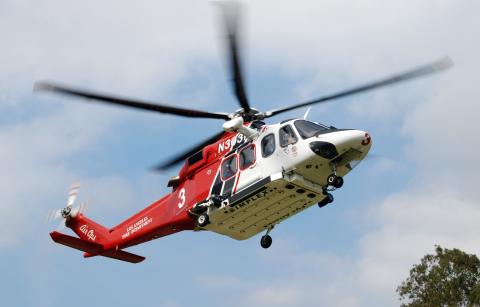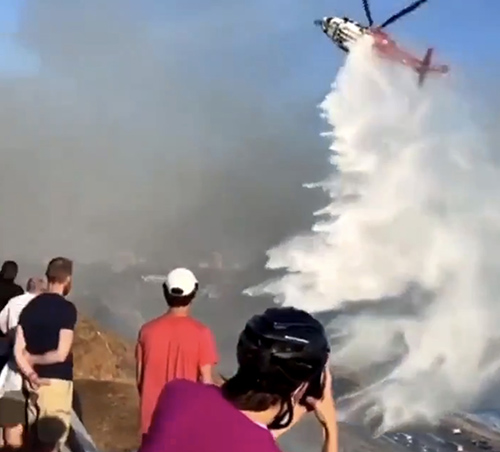
An AgustaWestland AW139 helicopter operated by the Los Angeles Fire Department (LAFD) made a couple of very interesting water drops Monday on a wildfire above the Pacific Coast Highway.
The fire was on a steep slope, so the pilot(s) may have been employing tactics to allow the water to be traveling horizontally when it struck the ground, or, out of the camera frame may have been crowds of people and structures that the pilots wanted to avoid. Or both.
LAFD Copter 3 putting in some work on the #PCHFire yesterday afternoon in #PacificPalisades that was held to two acres and is now 100% contained.
🎥 – Blake Lawrence & Jacob Wilson pic.twitter.com/HvYScfSweR
— SoCal Air Operations (@SocalAirOps) May 25, 2021
Last year I interviewed Brandon Prince, one of the LAFD pilots who gave us a great deal of information about the city’s helicopter fleet. For firefighting they use their five AgustaWestland AW139 helicopters. They usually begin a mission with half a tank of fuel which allows them to have the 480-gallon belly tank about half full of water.
The aircraft also have a smaller tank for Class A foam which can be injected into the tank to improve the wetting capability of the water.
The LAFD AW139’s have retractable snorkel hoses which allow them to hover while refilling with water, but Mr. Prince said they nearly always land to reload.


